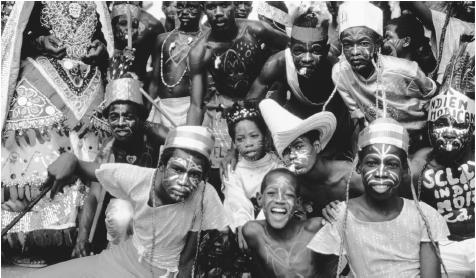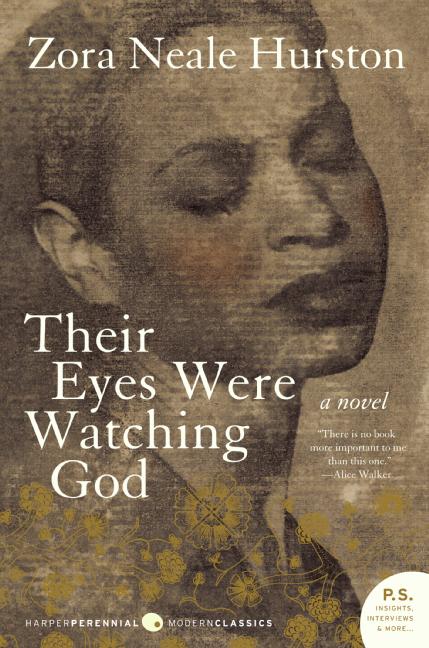
“Sometimes, I feel discriminated against, but it does not make me angry. It merely astonishes me. How can any deny themselves the pleasure of my company? It’s beyond me.”
– Zora Neale Hurston
Zora Neale Hurston was born in the year 1891 to a preacher father and a teacher mother. At a very early age, her family moved to
The next years in Hurston’s life are an un-chronicled mystery where she pursued adventure and travel. Eventually she joined a group of travelling performers called Gilbert and Sullivan to work as a maid for one of the singers. The lively girl enjoyed this excitement and adored the environment in which she developed and learned. When the company came to the town of
Two years later she began her college education at
Breaking away from the theme and focus of other Harlem Renaissance writers, Hurston began work for a lady named Charlotte Mason. Under her direction, Hurston studied the anthropology and folk tales from the southern blacks. “Research is formalized curiosity. It is poking and prying with a purpose,” Hurston says. She was able to travel to

These studies were incorporated into Hurston’s fictional writing to be captured by characters that embrace the true spirit from this culture. After a slow beginning in the 1930s, her work was finally realized by a publisher who would like to publish a novel of hers. She began her writing of novels and produced seven books in her lifetime, along with numerous short stories and dramas.
It was in 1937 that Hurston wrote her most notable work in seven weeks, today considered a classic of her era, the novel Their Eyes Were Watching God. She wrote it while in
Hurston was involved in the writing of many musicals. When she worked under Mason and another organization named the Julius Rosenwald Foundation, she found that the restrictions and requirements were too confining for her nature. She found her enjoyment in the atmosphere of the South and the
In the 1940s Hurston wrote her autobiography and many smaller works for magazines. She differed from her contemporaries in that she did not necessarily believe that desegregation between blacks and whites was necessary. After the publishing of her novels, Hurston’s career started to go downhill. It was in 1948 when Hurston was accused of molesting a boy of ten years old. She had an alibi for the alleged time of the crime and was proven to be innocent, but unfortunately this occurrence devastated her life. After this, she attempted work as a maid for a kind of writer’s sabbatical. Apart from an occasional article, she worked odd jobs in the 1950s including teaching, reporting, and being a librarian.
Hurston, still suffering the effects of humiliation, was a pauper when she died of heart disease in 1959. Her grave was unmarked until 1973. She says, “I do not weep at the world I am too busy sharpening my oyster knife.” Even though she was poor materially throughout her life, her dreams were fulfilled in her life of adventure and storytelling.
Completed by: Madeline Reimer


No comments:
Post a Comment